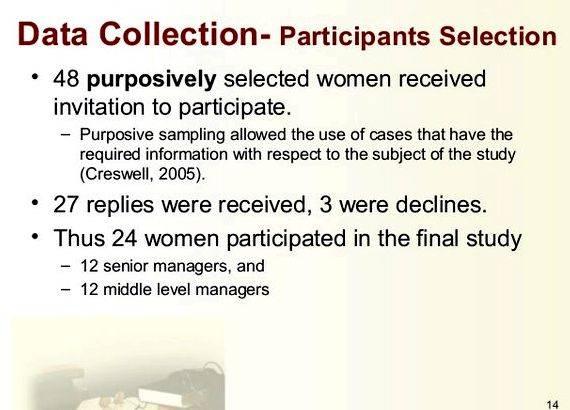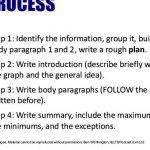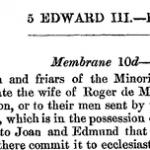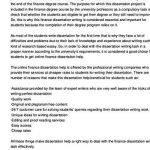Presenting Findings (Qualitative)
Topic 1: Chapter 4
How do you present your findings (qualitative)?
When crafting your findings, the first thing you want to think about is how you will organize your findings. Your findings represent the story you are going to tell in response to the research questions you have answered. Thus, you will want to organize that story in a way that makes sense to you and will make sense to your reader. You want to think about how you will present the findings so that they are compelling and responsive to the research question(s) you answered. These questions may not be the questions you set out to answer but they will definitely be the questions you answered. You may discover that the best way to organize the findings is first by research question and second by theme. There may be other formats that are better for telling your story. Once you have decided how you want to organize the findings, you will start the chapter by reminding your reader of the research questions. You will need to differentiate between is presenting raw data and using data as evidence or examples to support the findings you have identified. Here are some points to consider:
- Your findings should provide sufficient evidence from your data to support the conclusions you have made. Evidence takes the form of quotations from interviews and excerpts from observations and documents.
- Ethically you have to make sure you have confidence in your findings and account for counter-evidence (evidence that contradicts your primary finding) and not report something that does not have sufficient evidence to back it up.
- Your findings should be related back to your conceptual framework.
- Your findings should be in response to the problem presented (as defined by the research questions) and should be the “solution” or “answer” to those questions.
- You should focus on data that enables you to answer your research questions, not simply on offering raw data.
- Qualitative research presents “best examples” of raw data to demonstrate an analytic point, not simply to display data.
- Numbers (descriptive statistics) help your reader understand how prevalent or typical a finding is. Numbers are helpful and should not be avoided simply because this is a qualitative dissertation.
Example Martinez-Kellar Dissertation, p. 140-144 (Individual Leader Element: Leader Creativity)
Navigating The Dissertation
When it comes to the point of presenting your dissertation results and discussing them you may be a little confused how to do this and so many of us are when we first do it. You should prepare what you want to look over in this chapter and more significantly, what you want to identify as significant results, patterns and focus from the primary research data you have collected.
You will want to plan what you say, because you will want to know what to cover in this chapter. This stage isn’t to include 200 or so graphs, figures and charts, but to establish an understanding of the data and say what it means. Therefore, you may not want to include all of the questions that you did ask in your research, but refer to the specific ones that gave you the most meaning.

You may think that there will be too much information to be included in this section, but would like to refer to a number of extra and supporting graphs and charts that should be touched on in the dissertation research, this is where you will decide whether to move something to the appendices and refer to it from inside the chapter.
You will most certainly want to move any example letters or questionnaires and even transcripts to the appendices so that the reader is able to see the ‘;evidence’ to ensure that your understanding in this chapter is valid and reliable and that you simply haven’t been making it up.
There are a number of ways in which you can present your resources which could be. by the hypothesis; by research questions, ones that you may have set out in the introduction and literature review; by research method, identifying what was learnt and the significant resulting data from each of the methods used; in chronological order, so looking at the pretests and actual tests and looking at the different phases; by variability, if there are critical variable to the study then you may choose to use these to set out your results.
You should always include an introduction and first paragraph in your results and discussion and then progress through in a logical manner. Don’t forget to refer to arguments that you did present in previous parts of your dissertation as this will show your overall understanding that you have about the research process. You will need to present some discussion and this should be evaluative in nature to make sure that this section fully contributes to your dissertation research paper.
7 thoughts on “ Presenting Your Dissertation Results & Discussion ”






 University of liverpool history phd dissertations
University of liverpool history phd dissertations L occupation du domaine public dissertation writing
L occupation du domaine public dissertation writing Wolf dieter springer dissertation writing
Wolf dieter springer dissertation writing Dissertation topics in environmental microbiology phd
Dissertation topics in environmental microbiology phd Rutgers university library dissertations for sale
Rutgers university library dissertations for sale






